Hi everyone, I’m Bill Hemphill, the Industrial Craftsman.
Every piece of ICF furniture is handbuilt by me in a small studio at my cottage in Downtown Phoenix.
The Industrial Craftsman story begins at a time when I was a union carpenter, and as the recession hit, I became a stay-at-home dad with two babies.
While helping a friend on a Micro Dwell (tiny house) concept, I was invited to start a small cactus nursery in the parking lot of his art gallery, known as The Hive. Aside from tending these plants, I built furniture from alley scraps that I found on my way to work. One day while foraging, I came across a unique wood table, it was really old and well built. I discovered it was a Gustav Stickley circa 1910! This led me to study his work, where I found so many themes I could relate to, including— a man should enjoy his work, nature should be valued, and workers are craftsman. Inspired by the clean lines and use of quality materials.
So I began to study the turn of the century Craftsman Movement, from Macintosh and William Morris, to Greene and Greene and Stickley. I found myself not only drawn to the design but also to the underlying philosophy of quality, simplicity, craftsmanship and usefulness of each piece. My nursery became more and more a workshop, until it no longer fit my art gallery surroundings. I did some great work and moved my shop to a newfound home at the cottages. I continue to build and study, finding some success. My style began to evolve from furniture of scraps to something that truly resembled the Craftsman Movement. Although while still using repurposed material, it became something different, neither Industrial nor Craftsman, but something in the middle, like “Gustav Stickley with a welder”. That’s how the Industrial Craftsman style was born.
We’re at a time and place in the world where we can no longer afford to be wasteful by buying disposable furniture. The Industrial Craftsman Movement is about taking back the craft by putting it in the hands of the worker, while creating a quality product that lasts several lifetimes.
My philosophy is to deliver high-quality, custom, handmade furniture that serves the businesses and residents of my community. Because of its simple design and diversity of materials, I can create a beautiful piece to fit any budget. I aspire to have a piece of furniture in every home and business in my neighborhood, and I’m off to a good start.

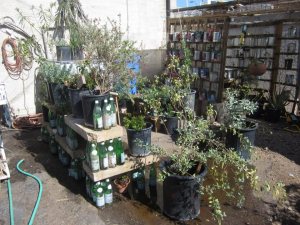
Zoo Micro Nursery
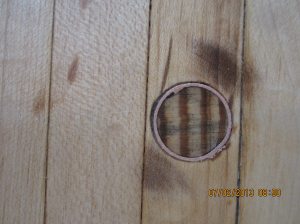
Early inlay

Early table, Found base, bowling lane top.
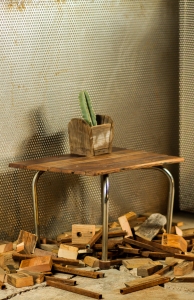
Early table and cactus planter.
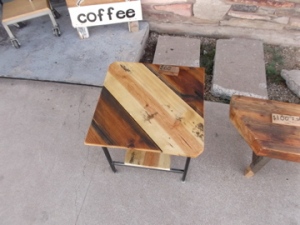
One of the first “craftsman”inspired tables.
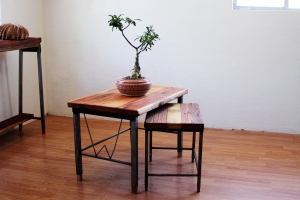
Newer Industrial Craftsman style. Complete with signature W.
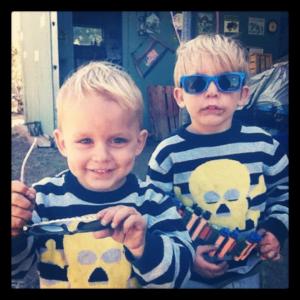
The Boys.

The boys and I.

Much happier me. (photo credit Miss Bane)


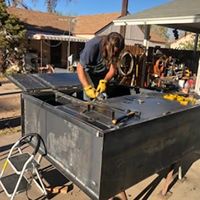













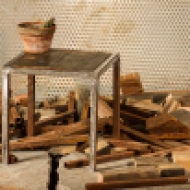









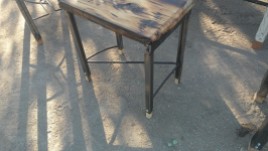



















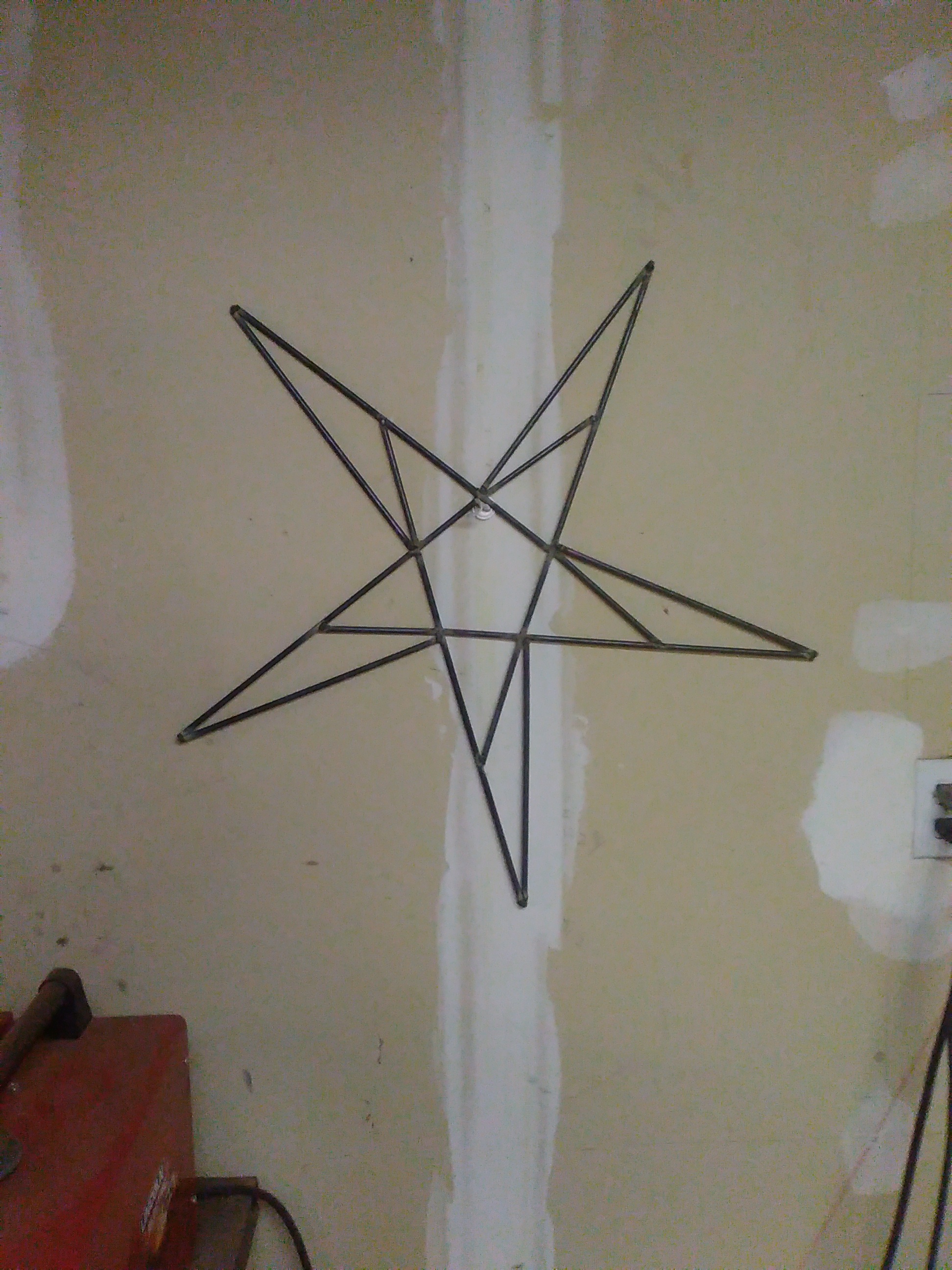






 Starting with a Chilean/Argentine Mesquite tree milled by Todd Langford, I set out to create a complete collection.
Starting with a Chilean/Argentine Mesquite tree milled by Todd Langford, I set out to create a complete collection.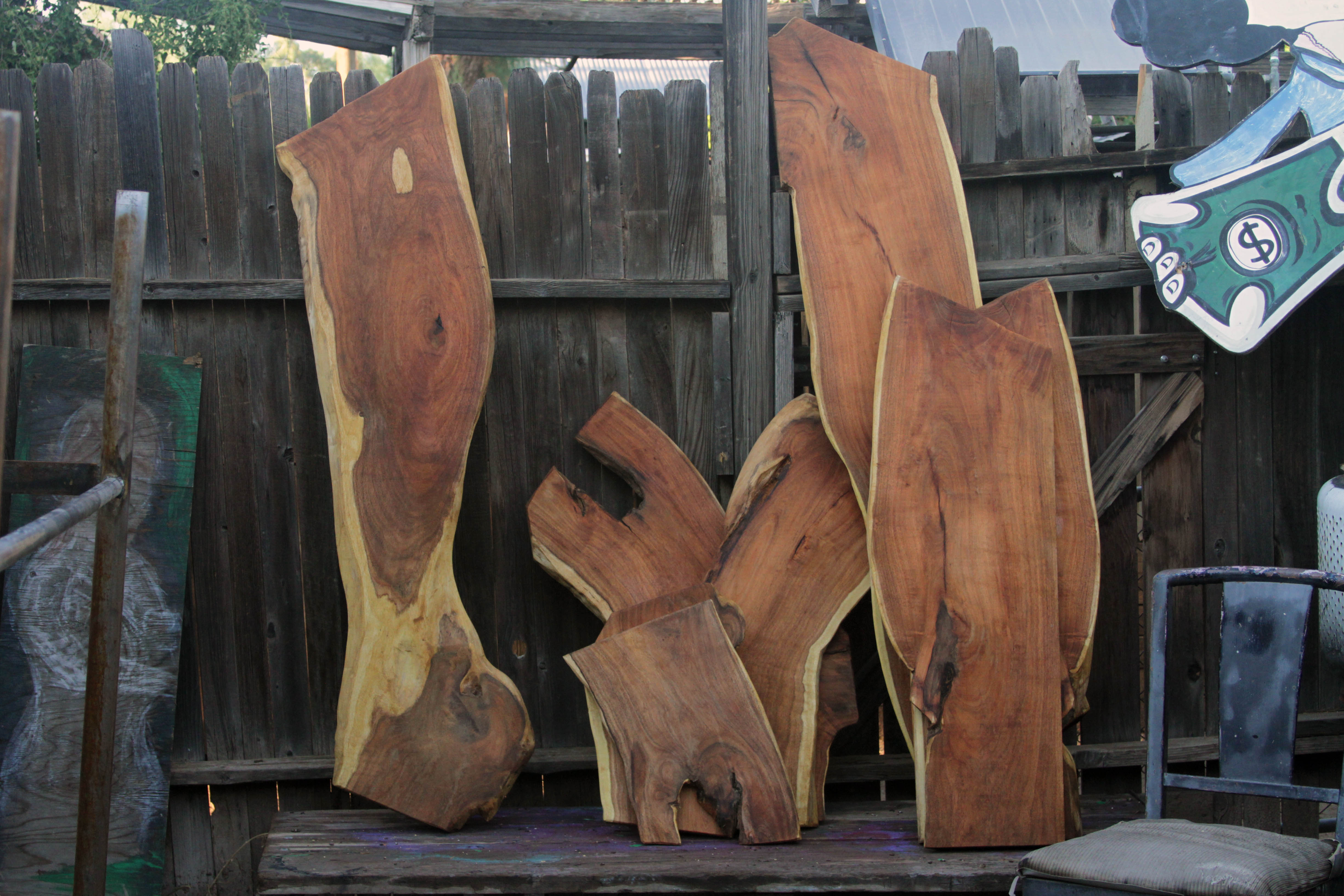 This collection will include:
This collection will include:





















































